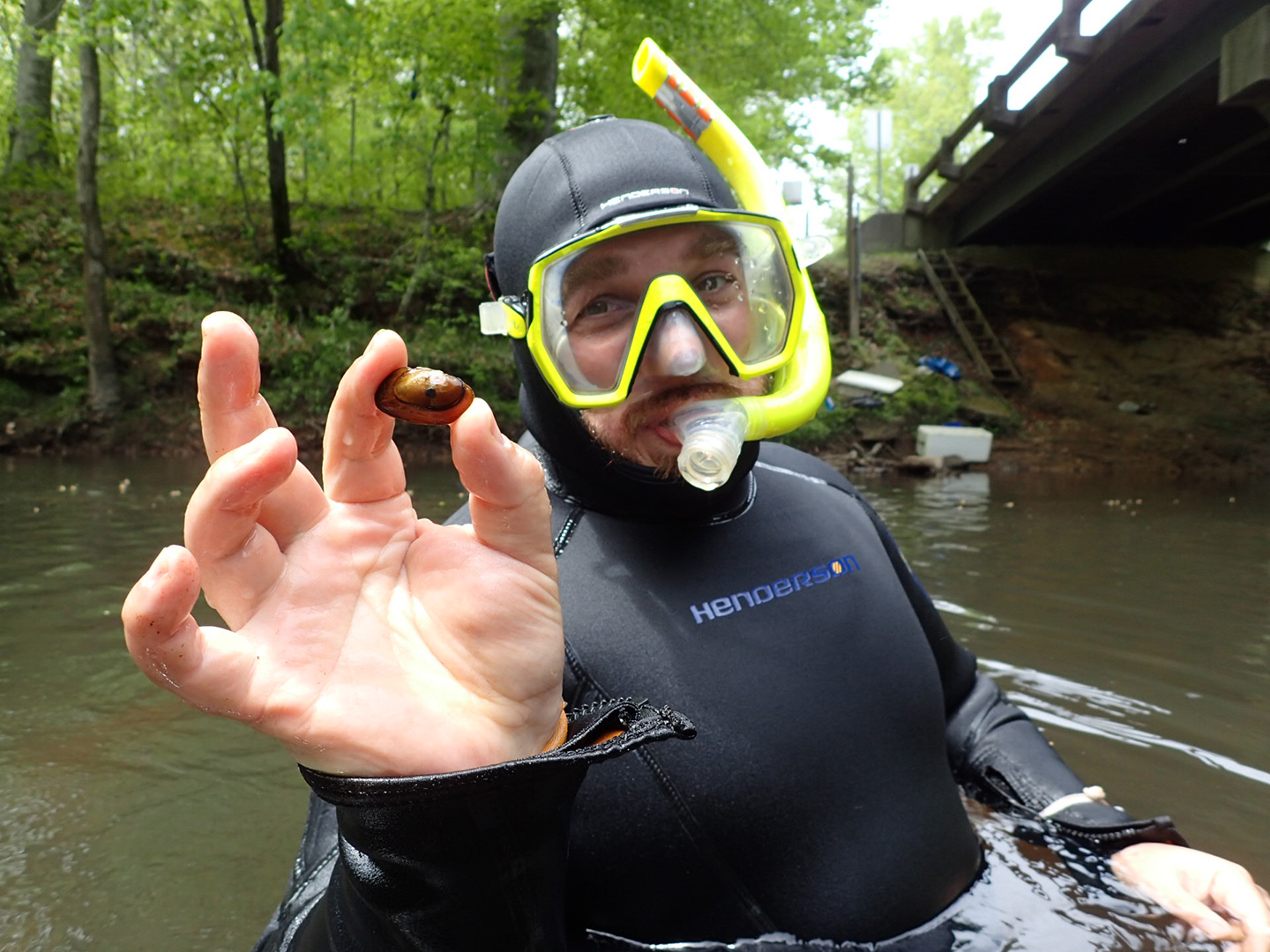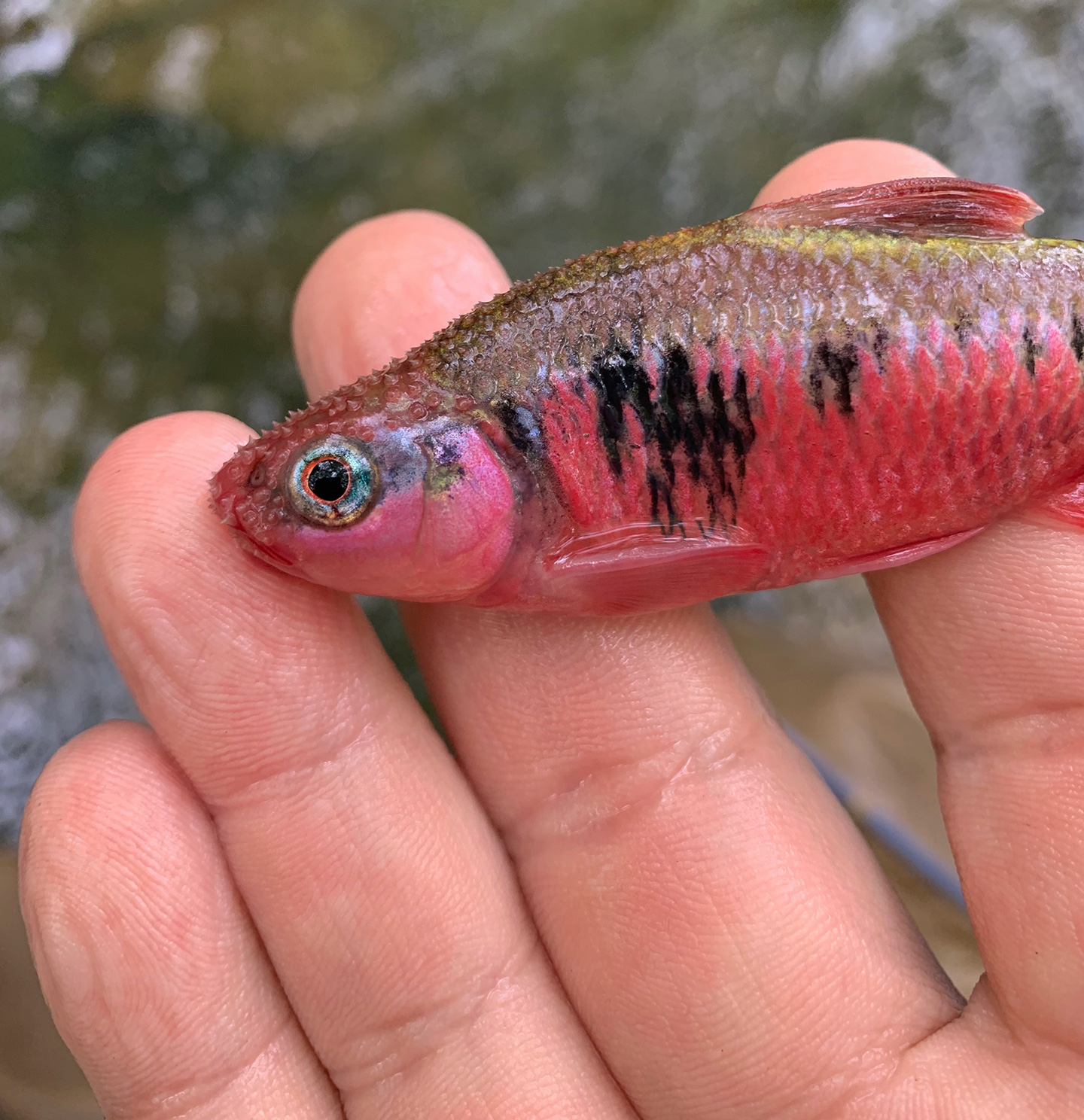Growing up near the beach, I always wanted to be a marine biologist. I loved being outside, fishing, swimming, searching for critters on the beach, and learned to SCUBA dive at a young age, all of which helped shape this dream. It wasn’t until I started working with marine biologists in college that I realized the profession isn’t as glamorous as I had always imagined it. In fact, most marine biologists spend weeks to months at a time working and collecting data onboard offshore research vessels, which did not appeal to me as I easily get seasick. It’s then that I pivoted and decided to focus on aquatic biology (freshwater) so I could work in the more tranquil rivers, streams, and lakes.
Traditional vs. Non-Traditional Career Paths
I spent much of my undergraduate career believing that the path to becoming a professional fisheries biologist and landing a dream job was straight forward: work for a few years in temporary positions after college, attend graduate school and earn a masters or Ph.D., complete a complicated research project as your thesis, then hope there is a resource biologist position open in your area with a state or federal agency, which often means competing against hundreds of other applications for just a handful of positions. More or less, that’s the career path I took; working in various roles for higher education institutions and state agencies. It wasn’t until 2016 when I started to consider leaving my state position, that I realized there are opportunities available as a biologist with an engineering or environmental consulting firm. Because of the way my career path has played out, I was asked to give a guest lecture to North Carolina State University’s Introduction to Fisheries Science class.
 Me holding a recaptured, federally endangered Tar River Spinymussel during a mussel survey.
Me holding a recaptured, federally endangered Tar River Spinymussel during a mussel survey.
Multi-Disciplined Work
During my lecture, I was asked to offer career advice, describe what it’s like being a biologist in private industry, and teach some of the core concepts that we use regularly. I started by talking about the history of environmental policy in the U.S. Most of the environmental work is done to obtain permits, and many of the necessary permits stem from the National Environmental Policy Act (NEPA), Clean Water Act (CWA), and the Endangered Species Act (ESA). Several of the projects I work on fall under section 404 of the CWA, which regulates dredged and fill material in jurisdictional waters of the U.S. In short, this is the heart of wetland delineation, so I discussed hydrophytic vegetation, hydric soils, and hydrology, and how these three disciplines come together while doing fieldwork to determine wetland boundaries.
Another part of my work falls under the ESA, performing protected species surveys. The ESA prohibits federal agencies from authorizing, funding, or carrying out any action that would jeopardize a listed species or its critical habitat. While in the private industry, I have performed surveys for mussels, fish, birds, salamanders, macroinvertebrates, bats, and plants. I spoke to the students about the ESA’s procedures, the process in which species get listed and delisted, and some of the techniques we use to survey for various species. I emphasized that private industry biologists are helping to conserve protected species by discovering species in new locations and protecting them from adverse effects during project construction. Sustainable population growth and development is critical for the livelihood of listed species.
I emphasized that private industry biologists are helping to conserve protected species by discovering species in new locations and protecting them from adverse effects during project construction. Sustainable population growth and development is critical for the livelihood of listed species. ”
Tom Fox
 Nuptial male Crescent Shiner collected during a fish survey.
Nuptial male Crescent Shiner collected during a fish survey.
Finding a Career in the Private Sector
It seemed that many of the students were surprised by the variety of work available for a field biologist in the private industry, and most said they didn’t know this career path existed. Hopefully in the near future, we see more students apply for internships and entry-level jobs in the environmental services field. If you’re a student studying biology or another area of environmental sciences, here are a few entry-level titles to keep an eye out for during your job search:
- Junior environmental scientist
- Junior biologist
- Wetland scientist
- Biological technician
To learn more about mussel surveys (something I get to conduct), check out this video: